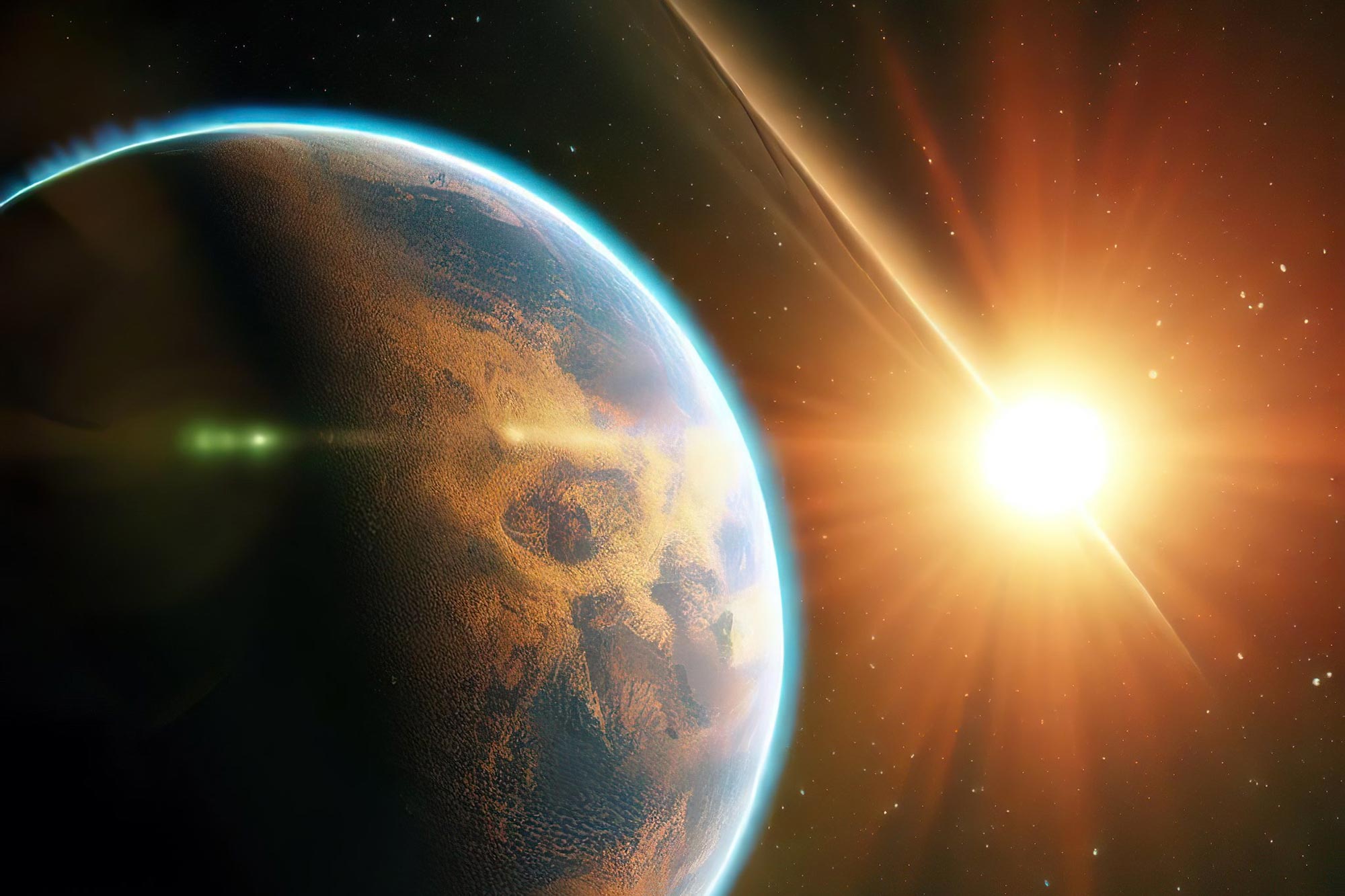

Новое исследование предполагает, что на трети планет, вращающихся вокруг обычных карликовых звезд Млечного Пути, может быть жизнь. Карликовые звезды являются наиболее распространенным типом звезд в галактике, и вокруг них вращаются миллиарды планет.
Milky Way could potentially harbor life, occupying a ‘Goldilocks’ orbit that allows them to withstand extreme tidal forces and retain liquid water, according to data from NASA’s Kepler and Gaia telescopes.
Our familiar, warm, yellow sun is a relative rarity in the Milky Way. By far the most common stars are considerably smaller and cooler, sporting just half the mass of our sun at most. Billions of planets orbit these common dwarf stars in our galaxy.
To capture enough warmth to be habitable, these planets would need to huddle very close to their small stars, which leaves them susceptible to extreme tidal forces.
In a new analysis based on the latest telescope data, University of Florida astronomers have discovered that two-thirds of the planets around these ubiquitous small stars could be roasted by these tidal extremes, sterilizing them. But that leaves one-third of the planets – hundreds of millions across the galaxy – that could be in a Goldilocks orbit close enough, and gentle enough, to hold onto liquid water and possibly harbor life.
UF astronomy professor Sarah Ballard and doctoral student Sheila Sagear published their findings the week of May 29 in the Proceedings of the National Academy of Sciences. Ballard and Sagear have long studied exoplanets, those worlds that orbit stars other than the sun.
“I think this result is really important for the next decade of exoplanet research, because eyes are shifting toward this population of stars,” Sagear said. “These stars are excellent targets to look for small planets in an orbit where it’s conceivable that water might be liquid and therefore the planet might be habitable.”
Sagear and Ballard measured the eccentricity of a sample of more than 150 planets around these M dwarf stars, which are about the size of Jupiter. The more oval shaped an orbit, the more eccentric it is. If a planet orbits close enough to its star, at about the distance that Mercury orbits the sun, an eccentric orbit can subject it to a process known as tidal heating. As the planet is stretched and deformed by changing gravitational forces on its irregular orbit, friction heats it up. At the extreme end, this could bake the planet, removing all chance for liquid water.
“It’s only for these small stars that the zone of habitability is close enough for these tidal forces to be relevant,” Ballard said.
Data came from NASA’s Kepler telescope, which captures information about exoplanets as they move in front of their host stars. To measure the planets’ orbits, Ballard and Sagear focused especially on how long the planets took to move across the face of the stars. Their study also relied on new data from the Gaia telescope, which measured the distance to billions of stars in the galaxy.
“The distance is really the key piece of information we were missing before that allows us to do this analysis now,” Sagear said.
Sagear and Ballard found that stars with multiple planets were the most likely to have the kind of circular orbits that allow them to retain liquid water. Stars with only one planet were the most likely to see tidal extremes that would sterilize the surface.
Since one-third of the planets in this small sample had gentle enough orbits to potentially host liquid water, that likely means that the Milky Way has hundreds of millions of promising targets to probe for signs of life outside our solar system.
Reference: “The orbital eccentricity distribution of planets orbiting M dwarfs” 29 May 2023, Proceedings of the National Academy of Sciences.
DOI: 10.1073/pnas.2217398120

«Интроверт. Мыслитель. Решатель проблем. Злой специалист по пиву. Склонен к приступам апатии. Эксперт по социальным сетям».





More Stories
Астронавт НАСА публикует фотографию Луны над Тихим океаном: «Удивительно»
Компенсация сна по выходным может снизить риск сердечно-сосудистых заболеваний на пятую часть — исследование | Сердечное заболевание
Согласно окаменелостям, доисторическую морскую корову съели крокодил и акула